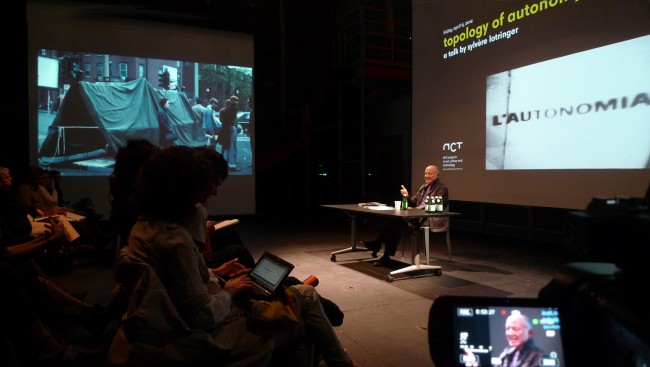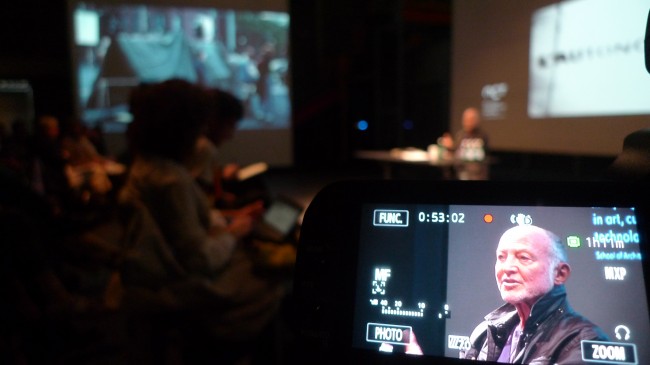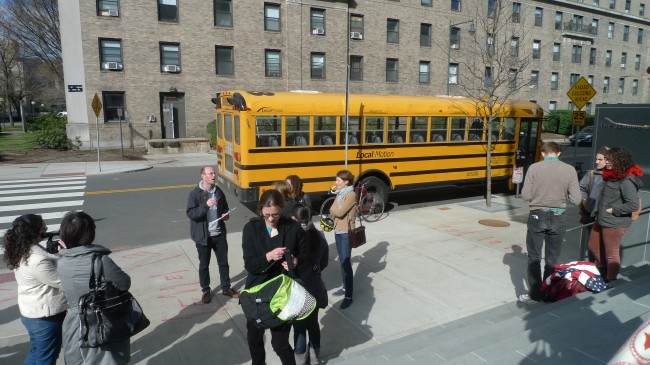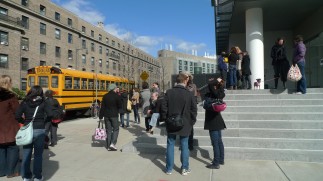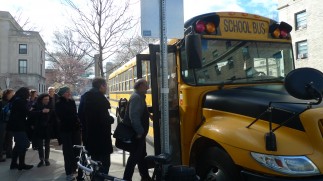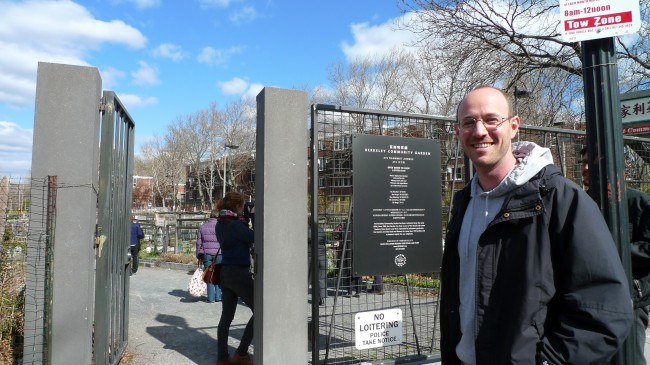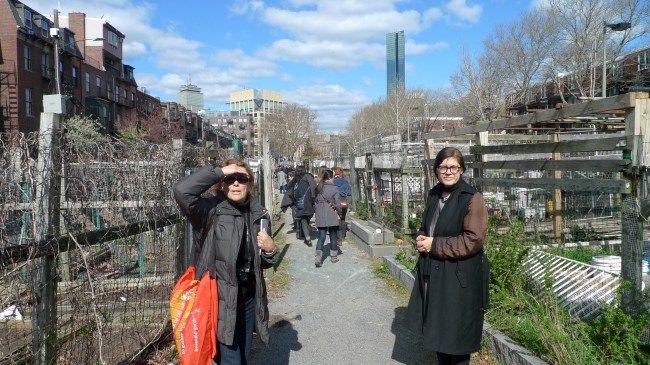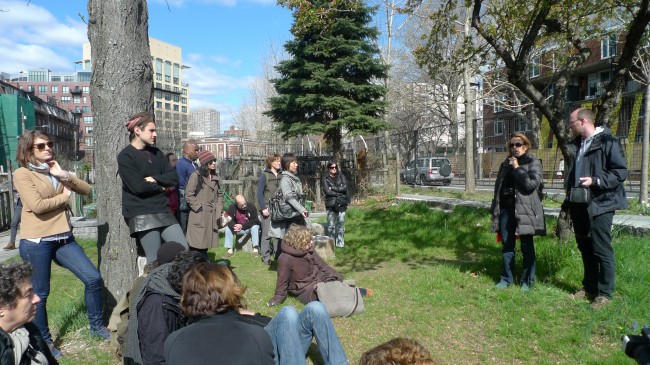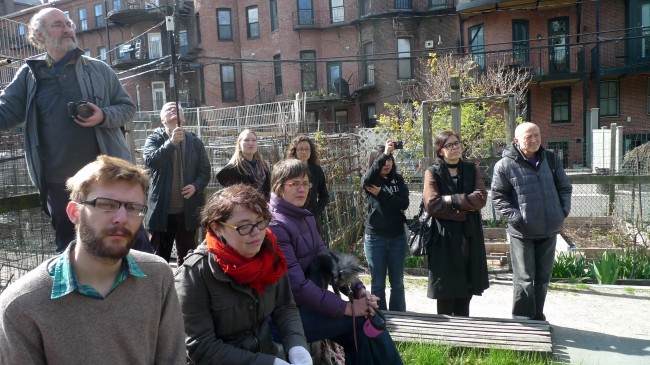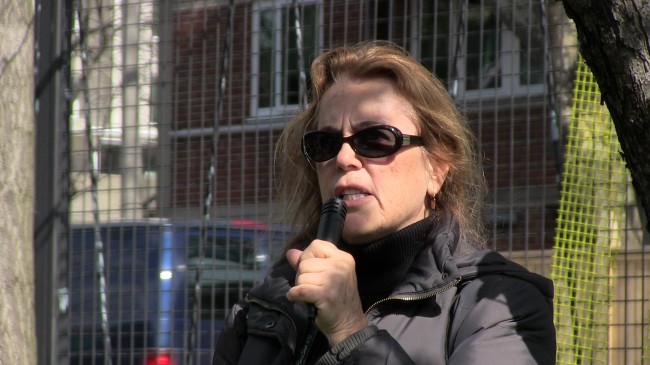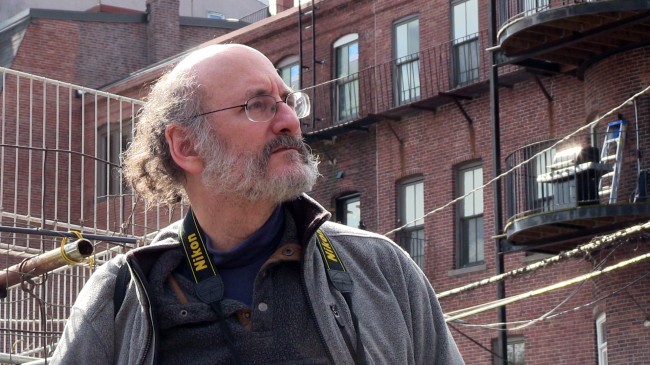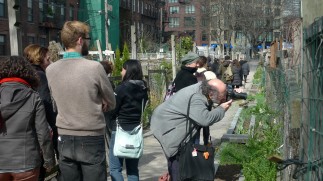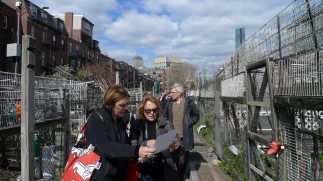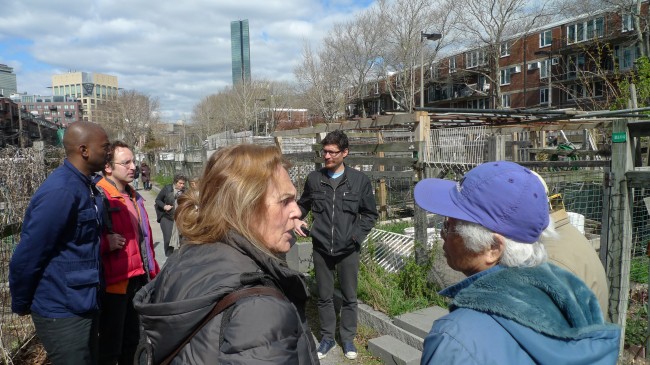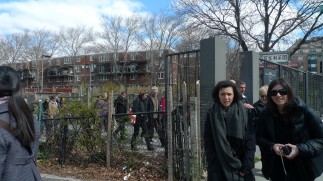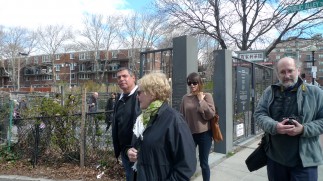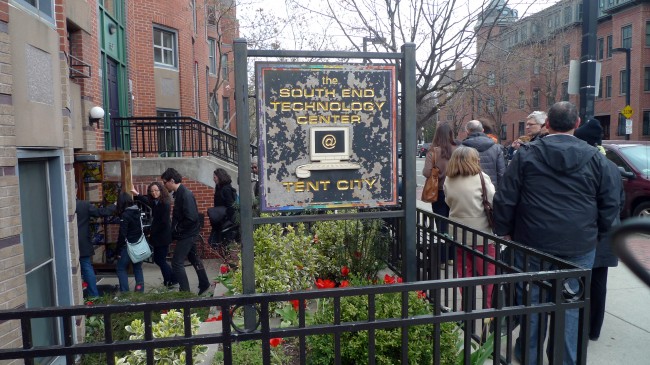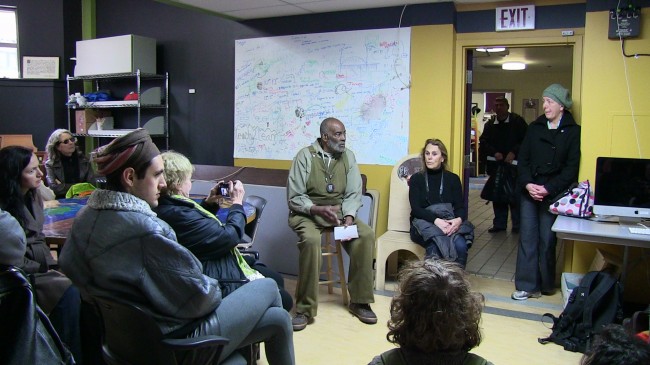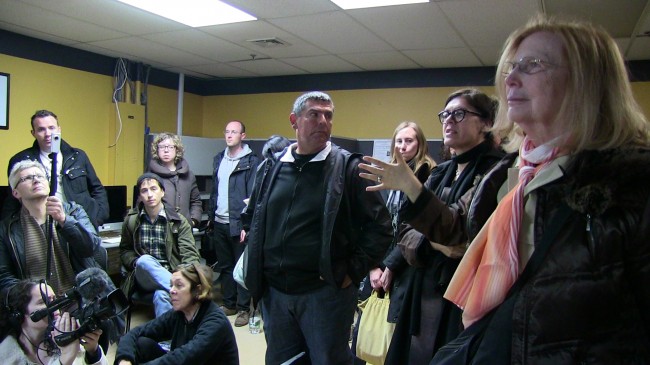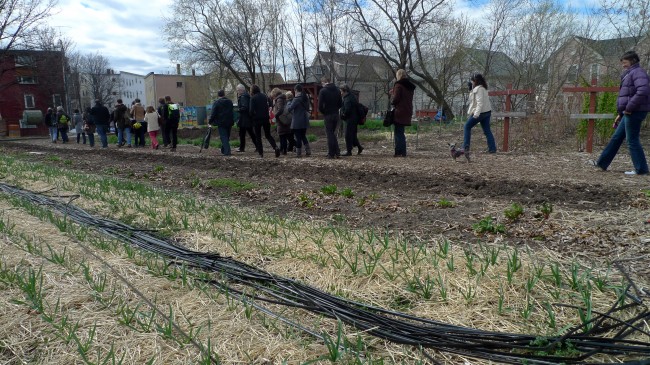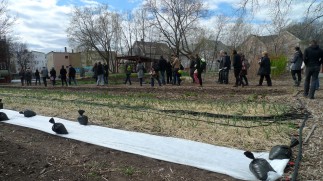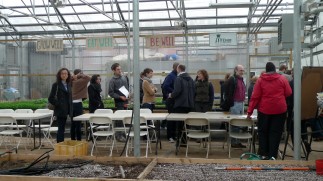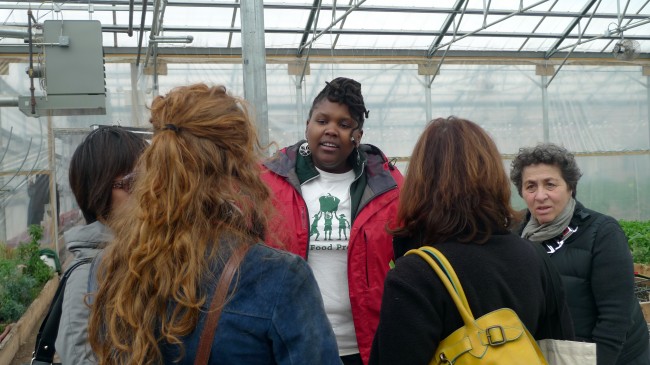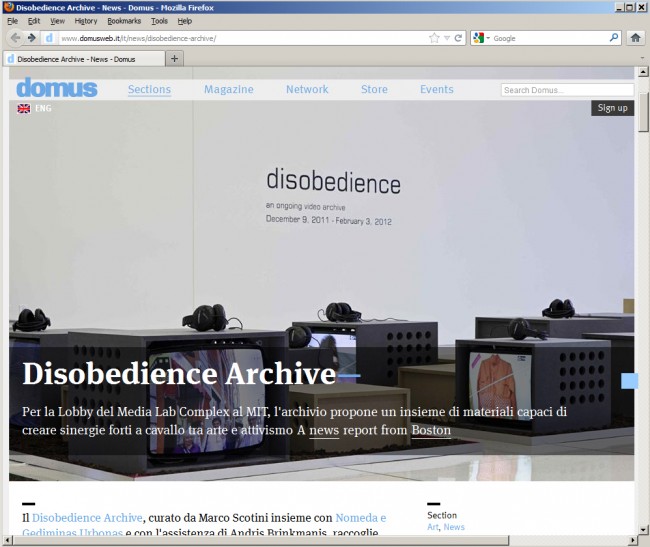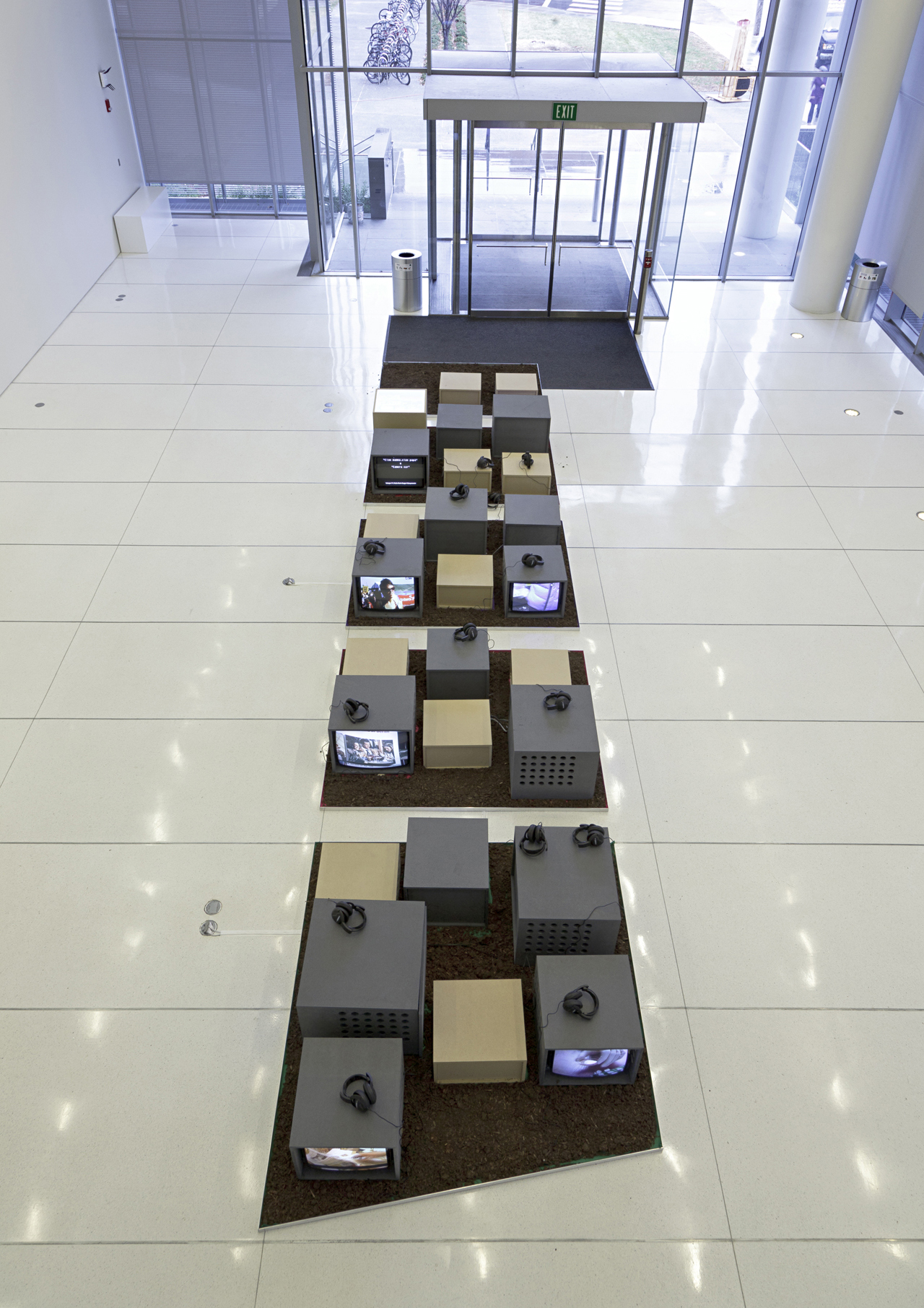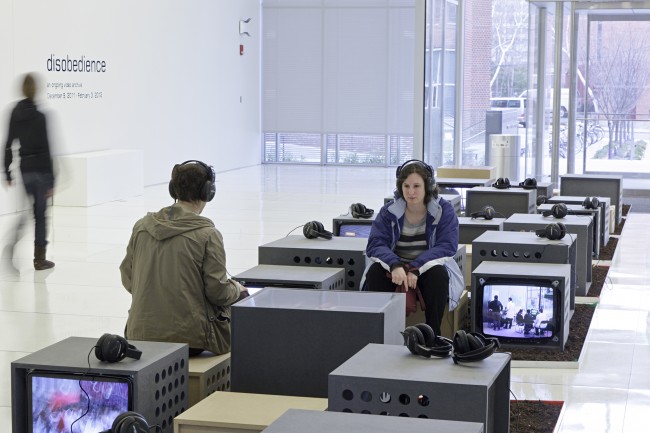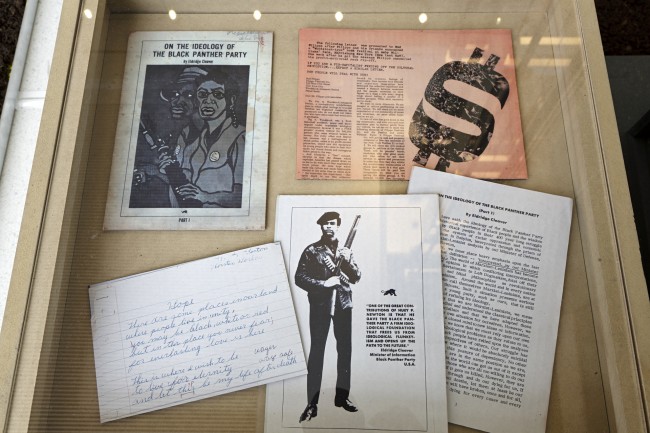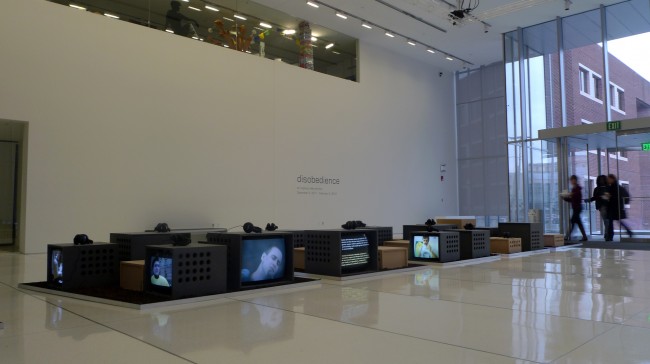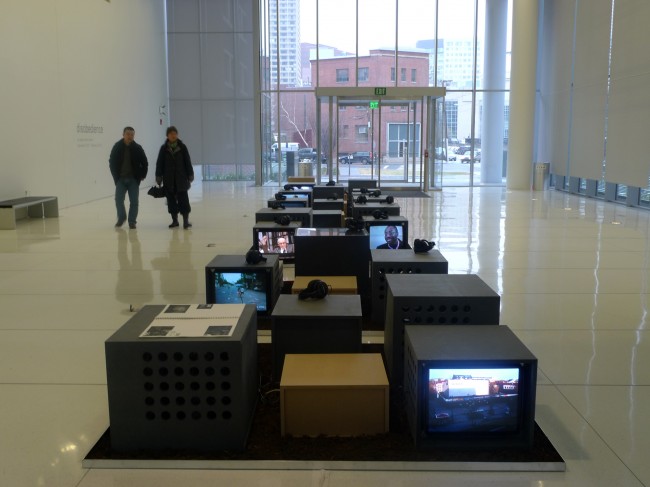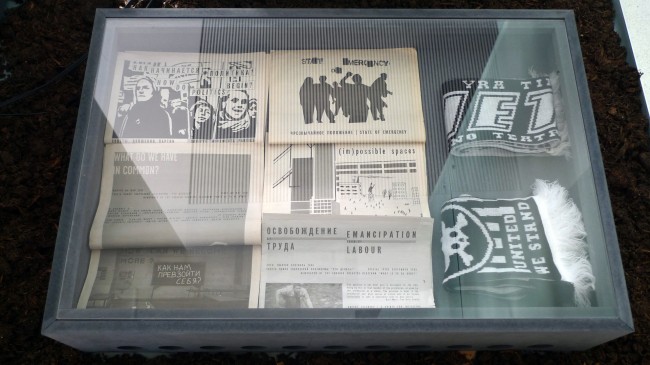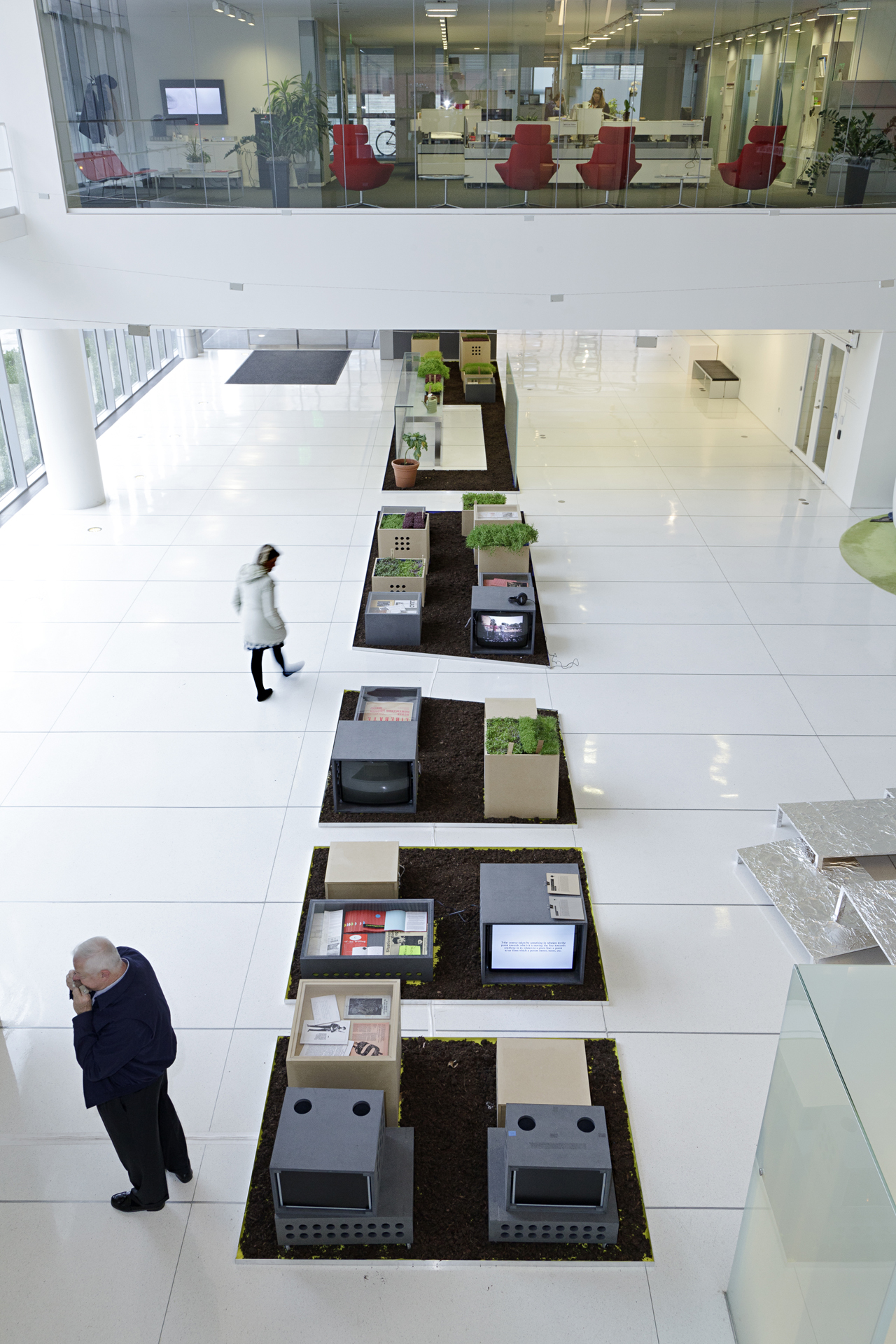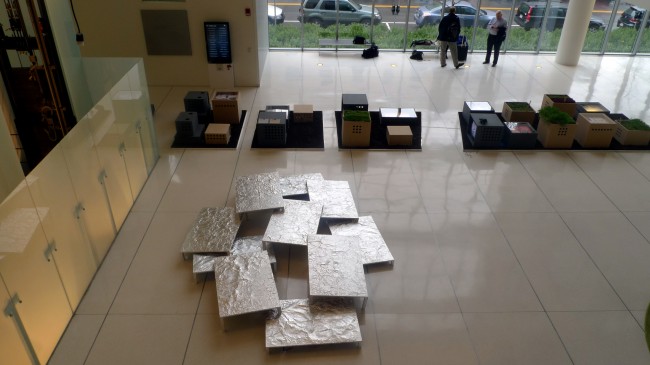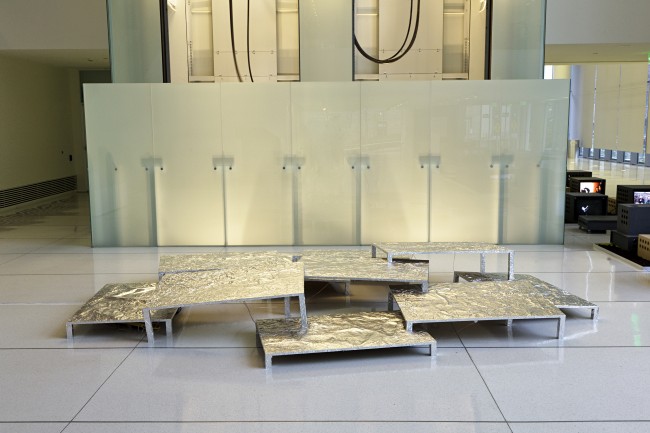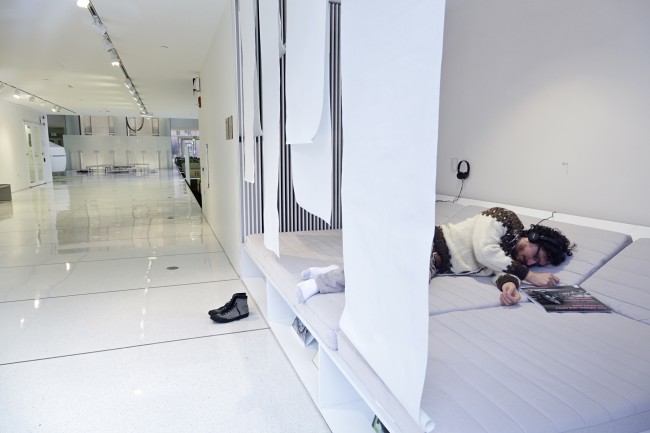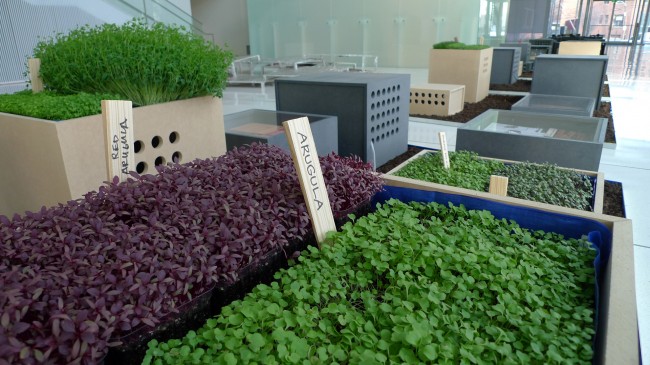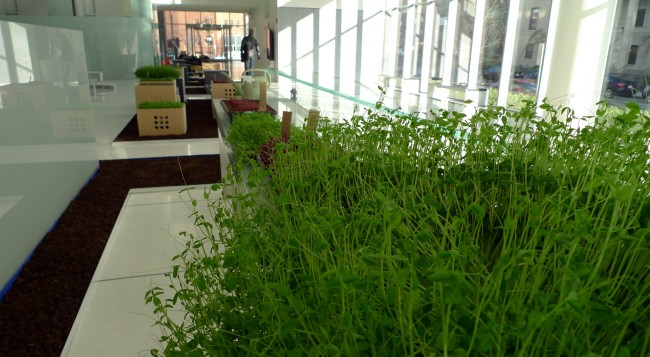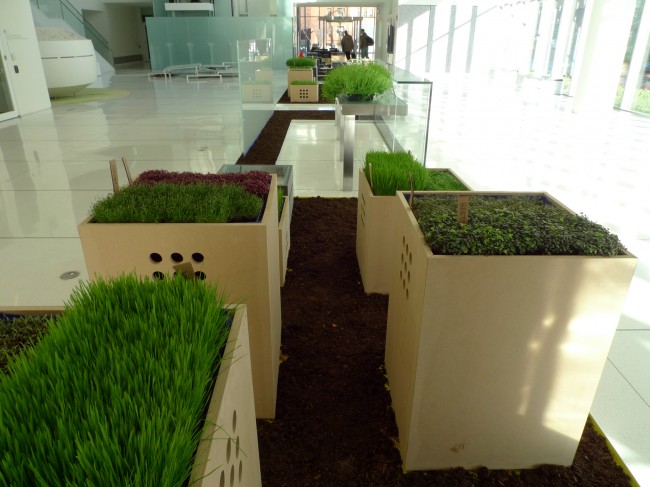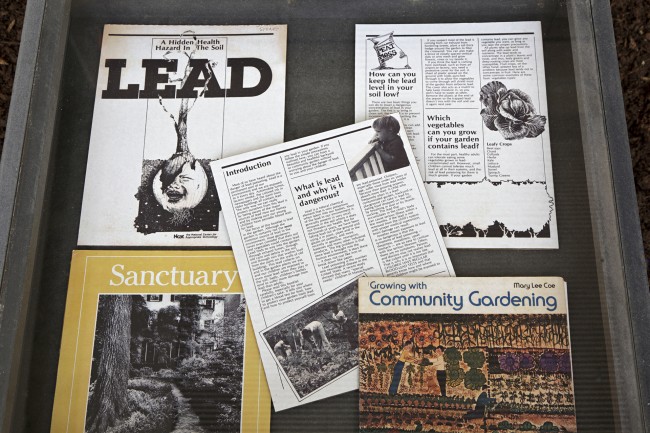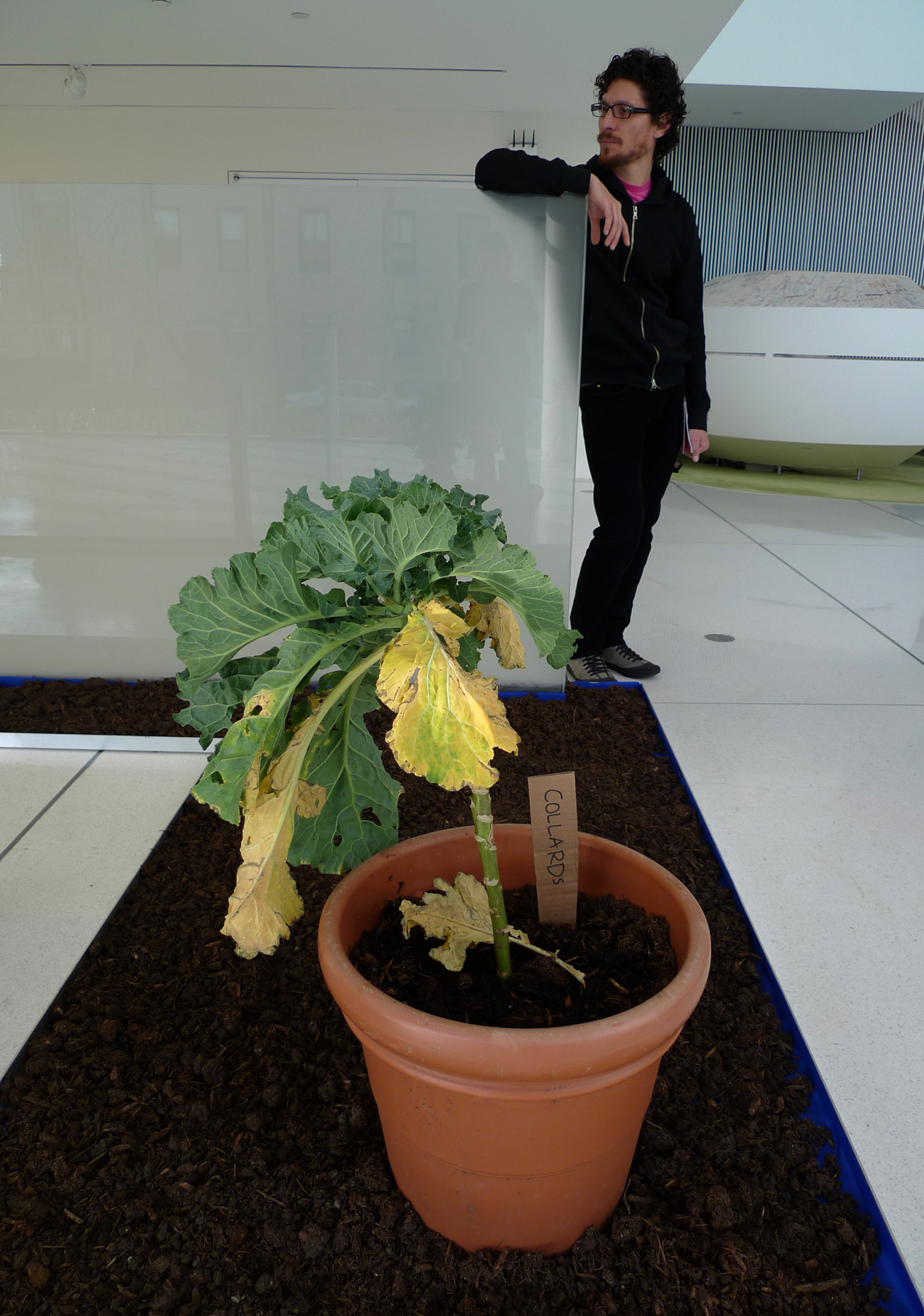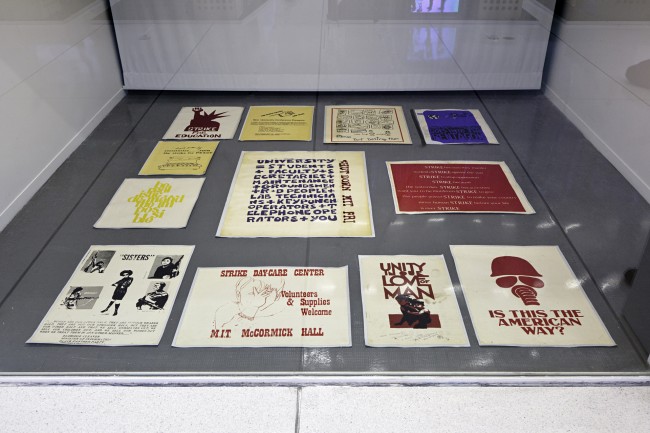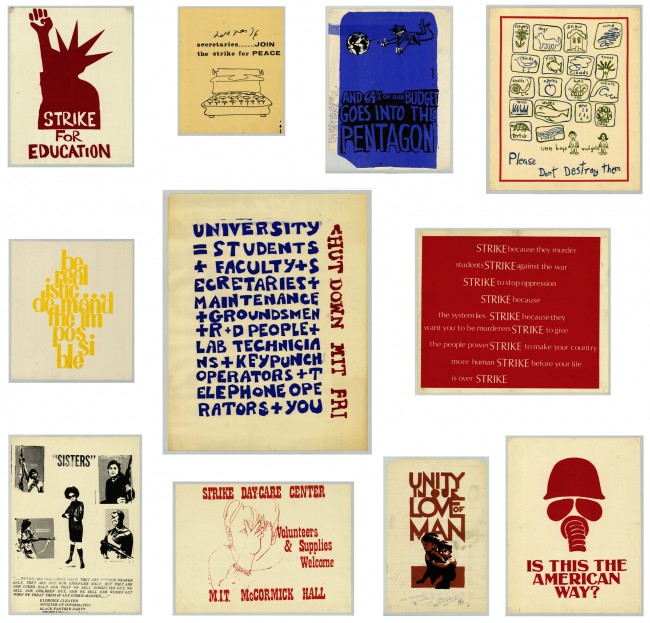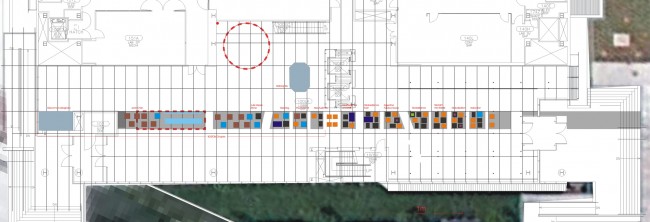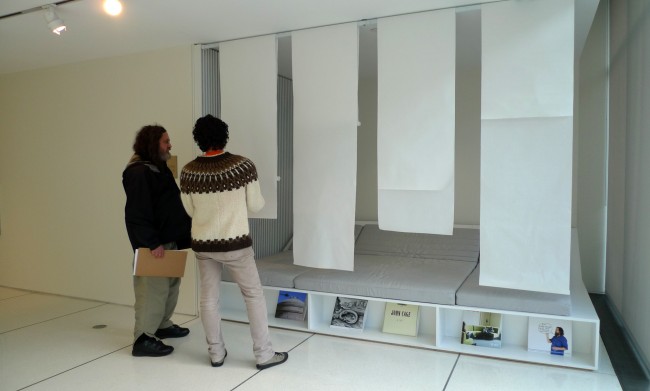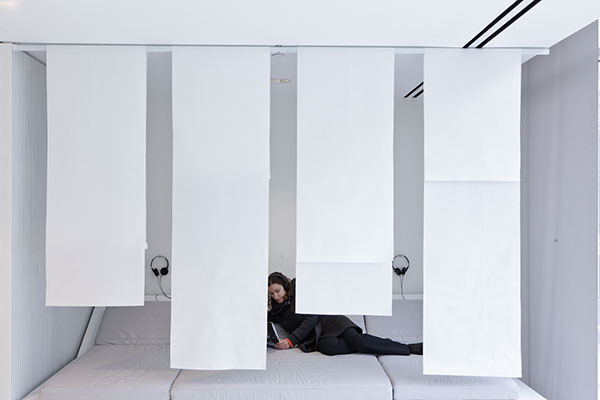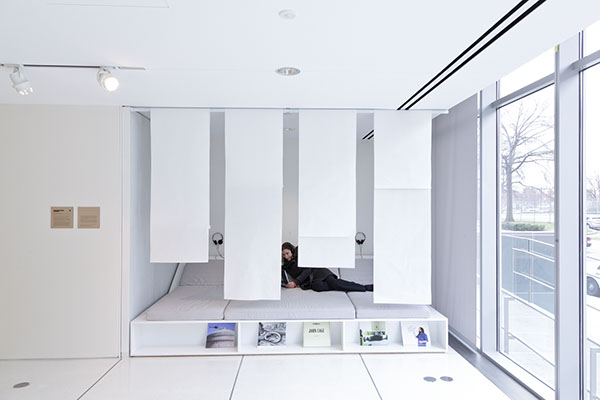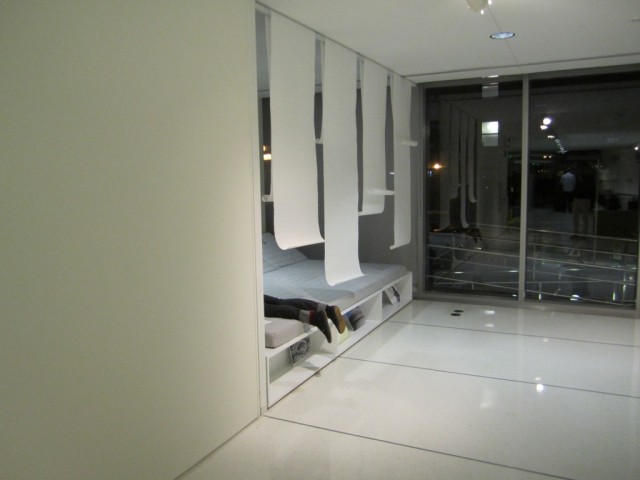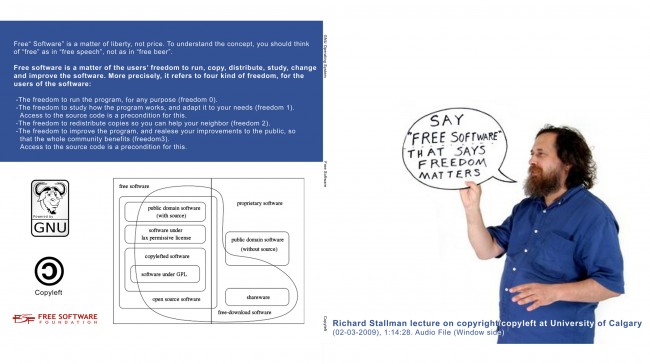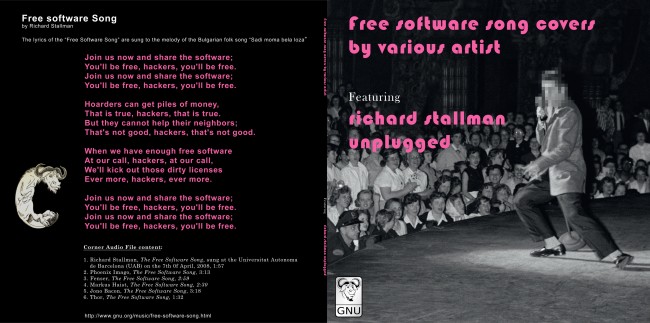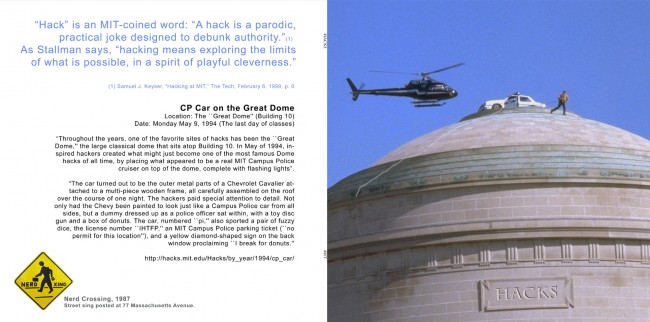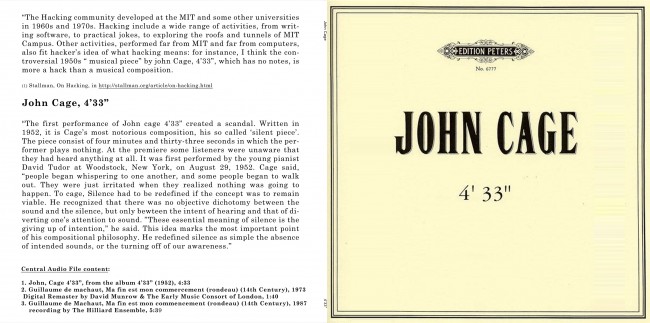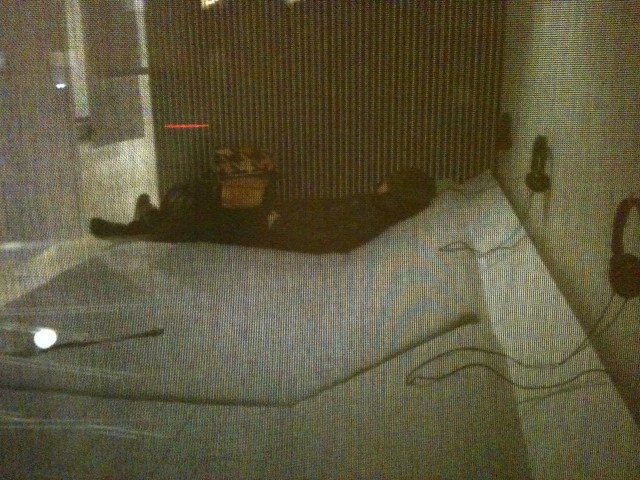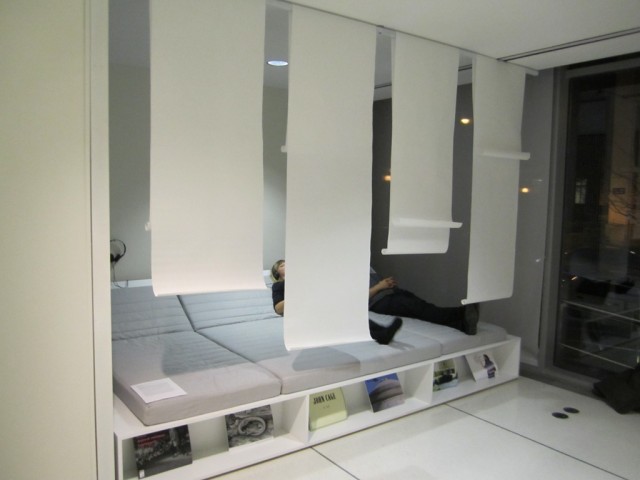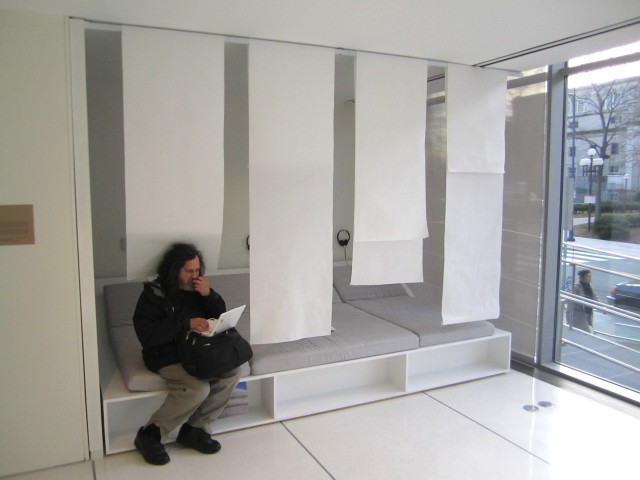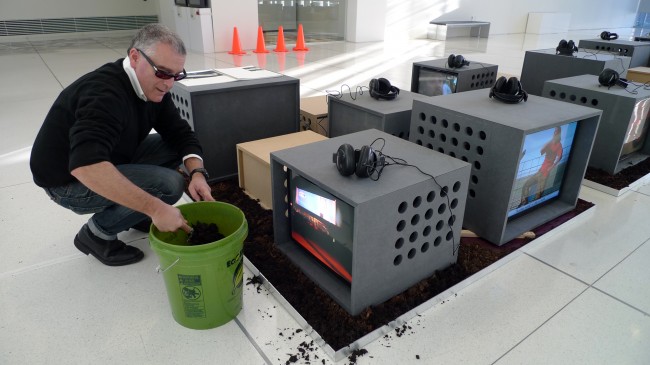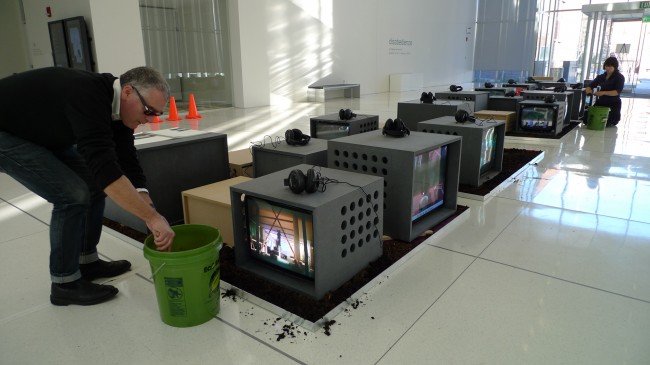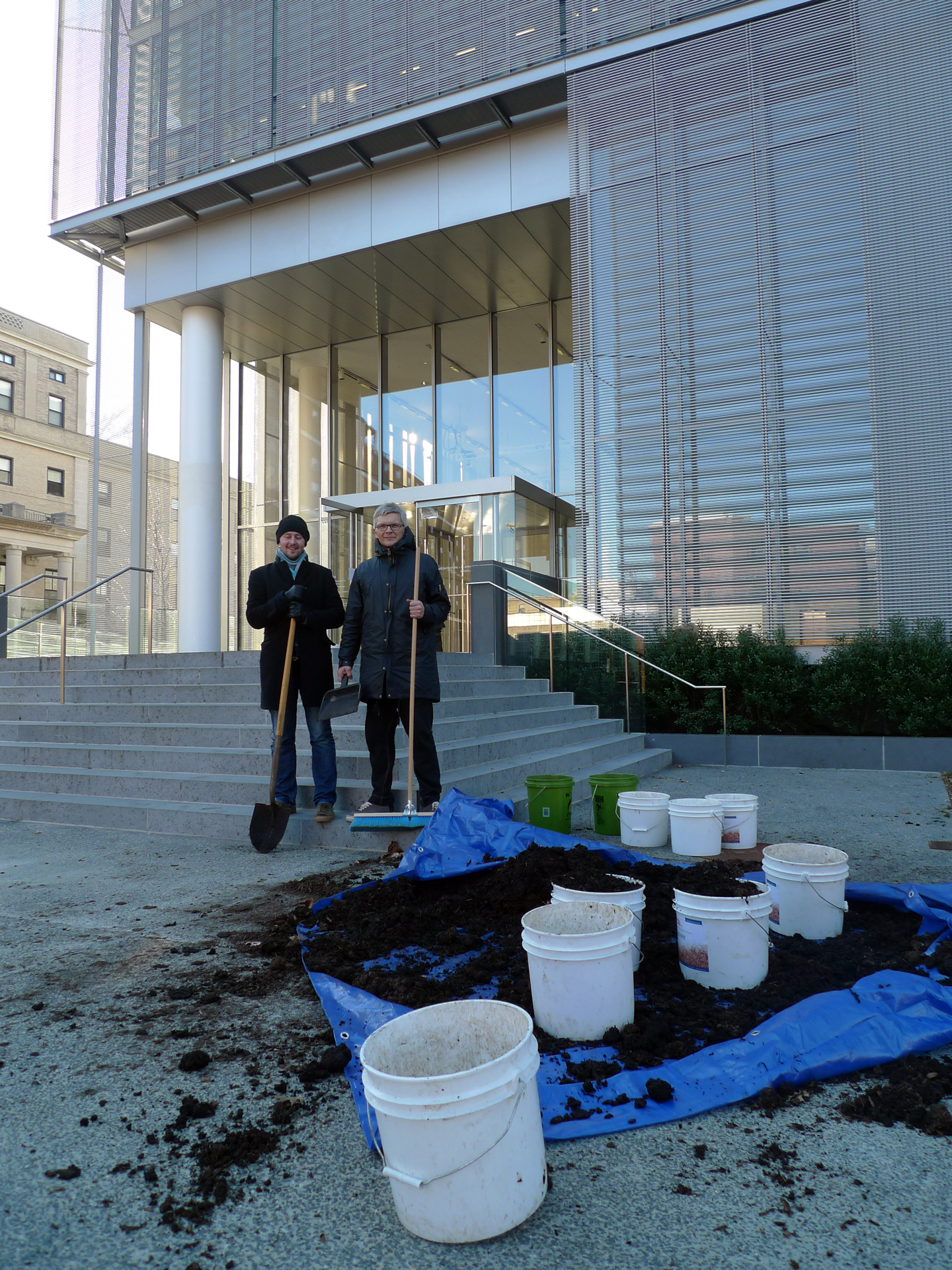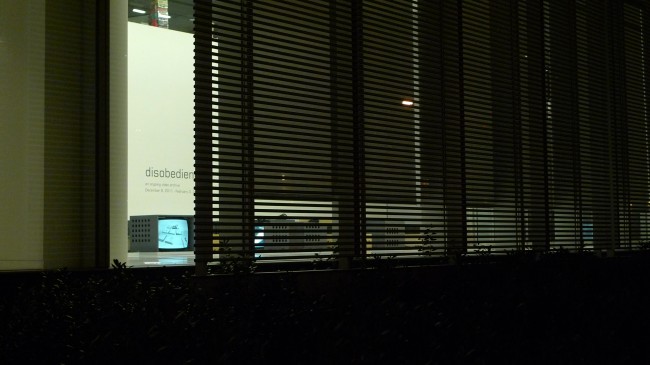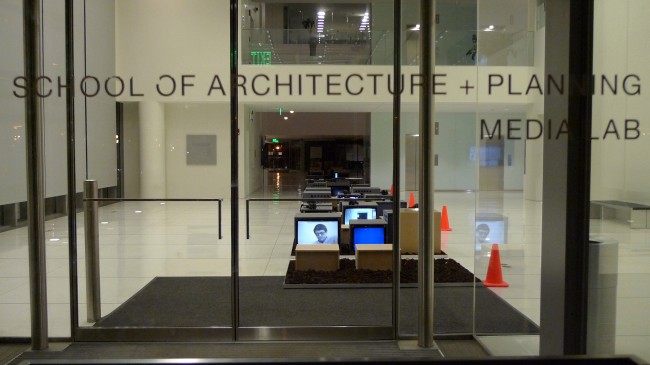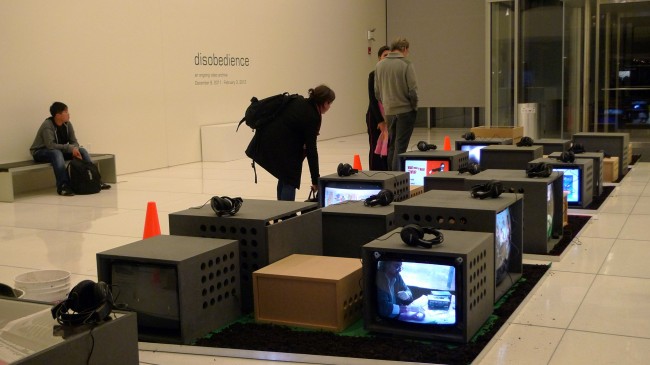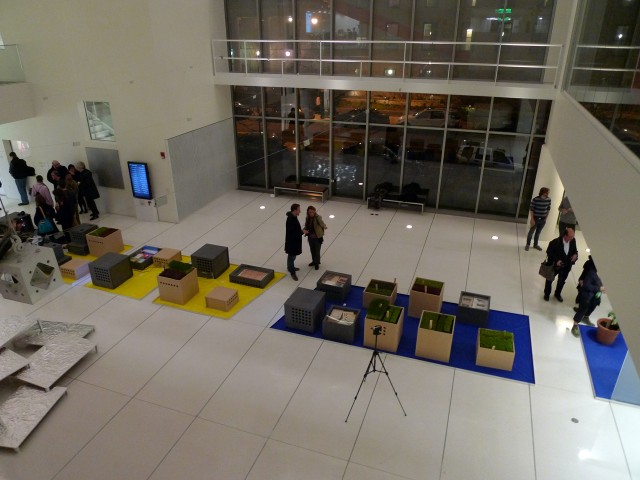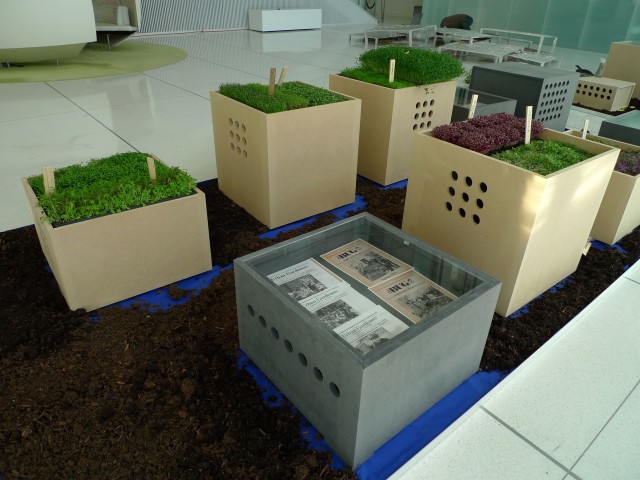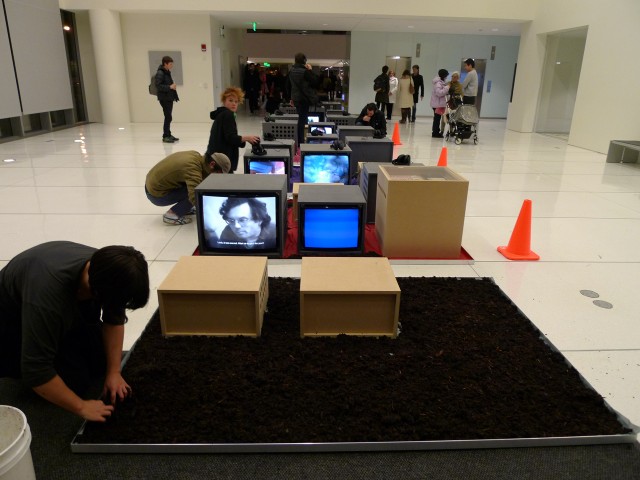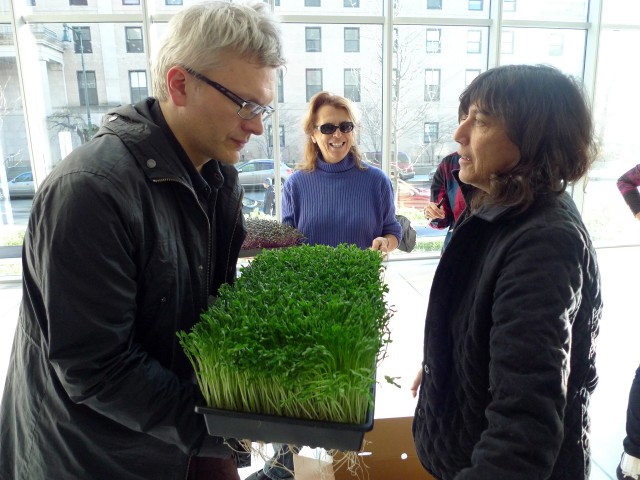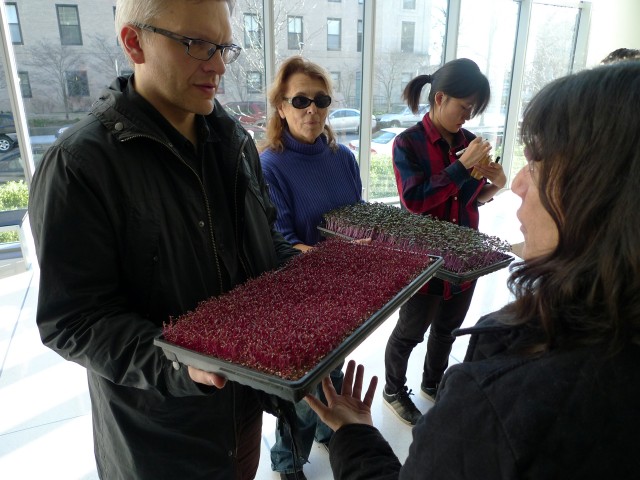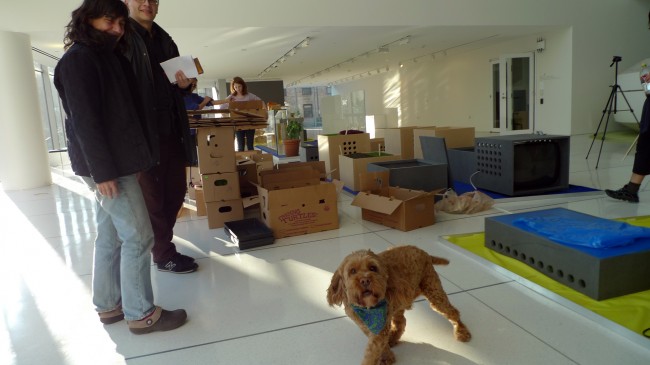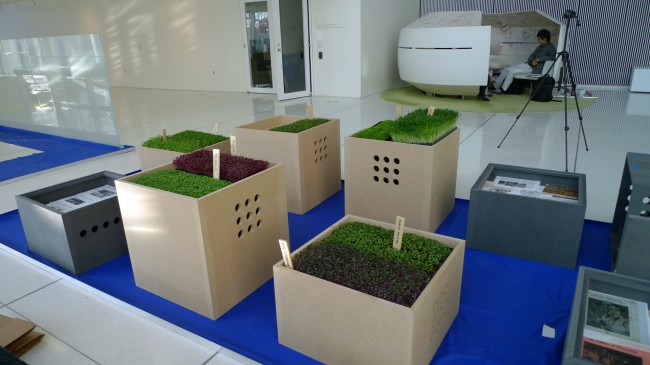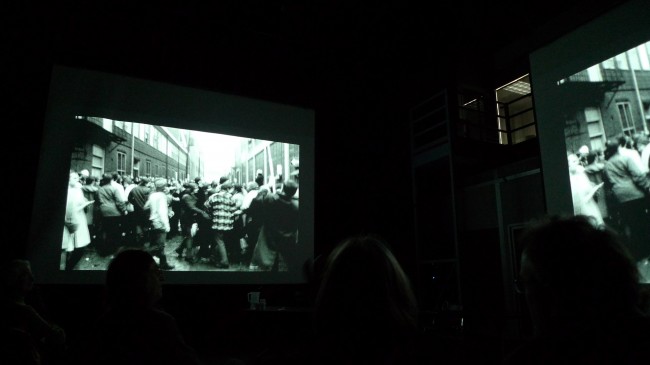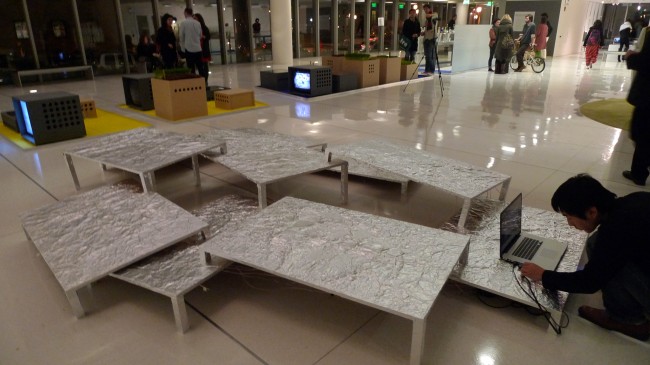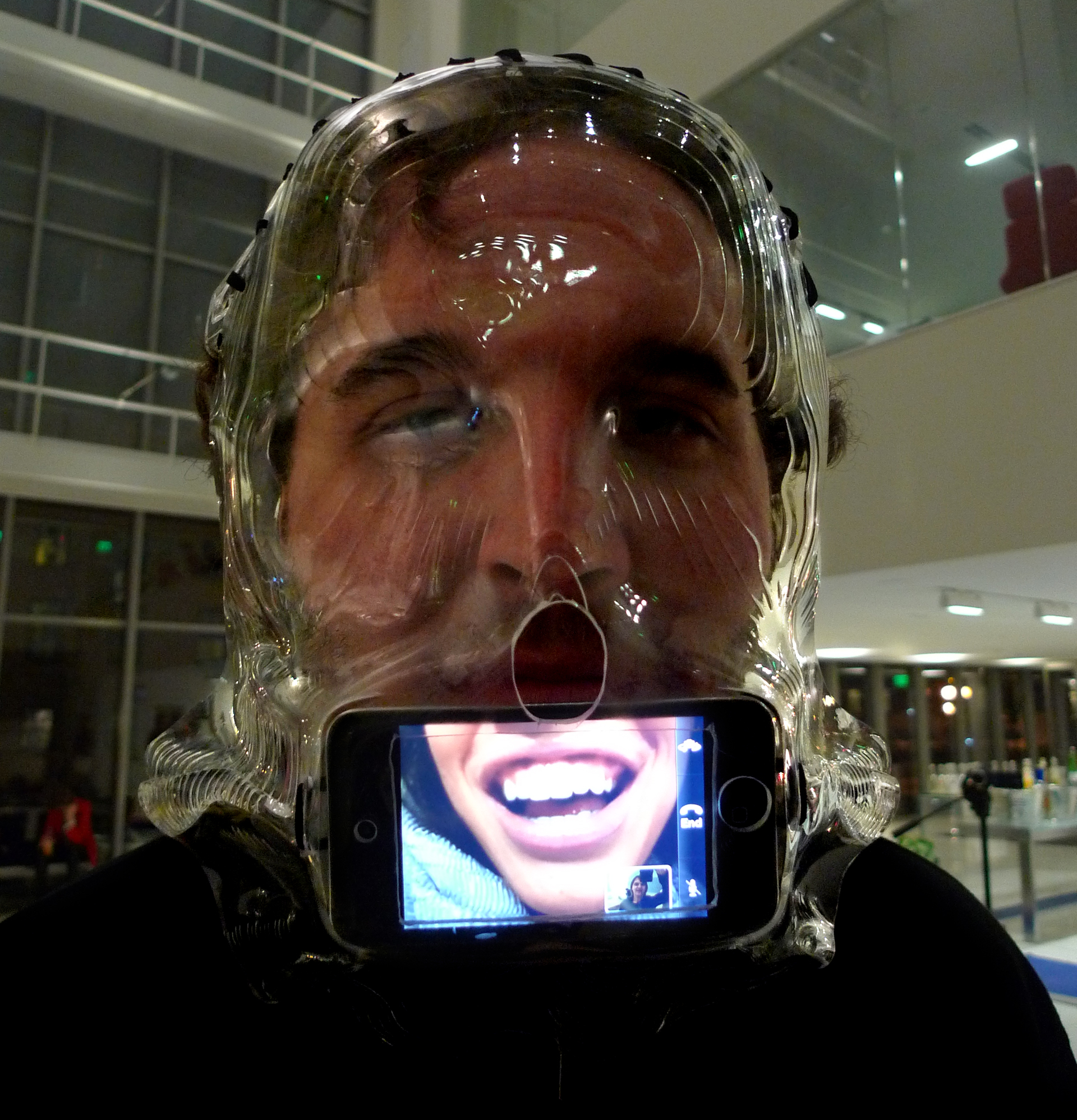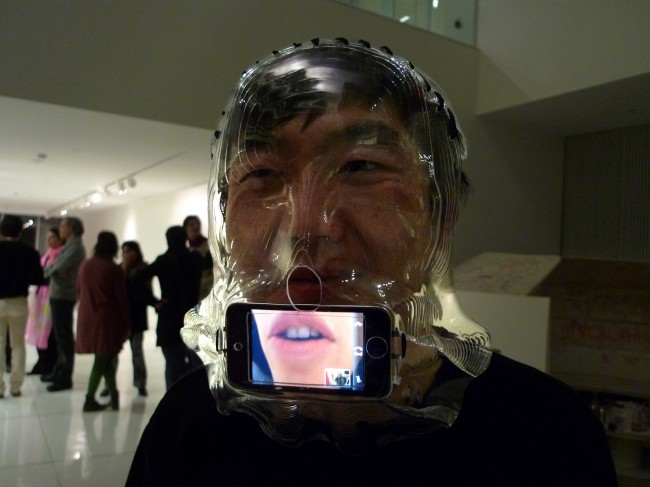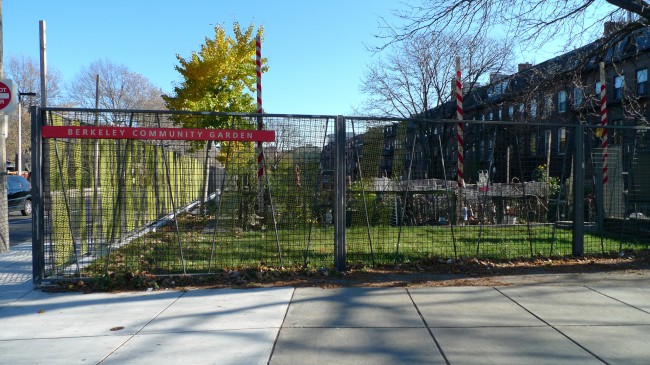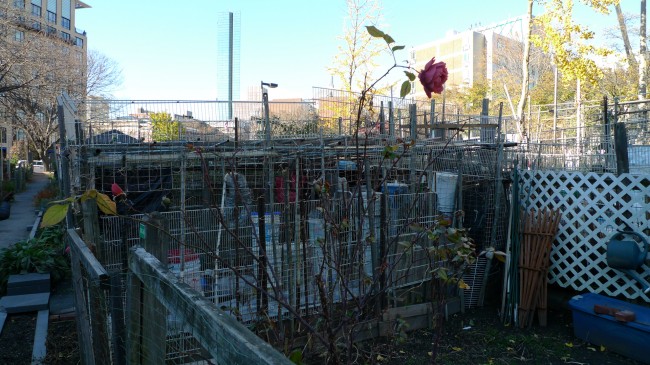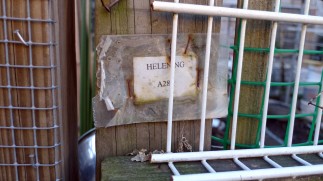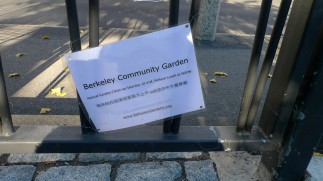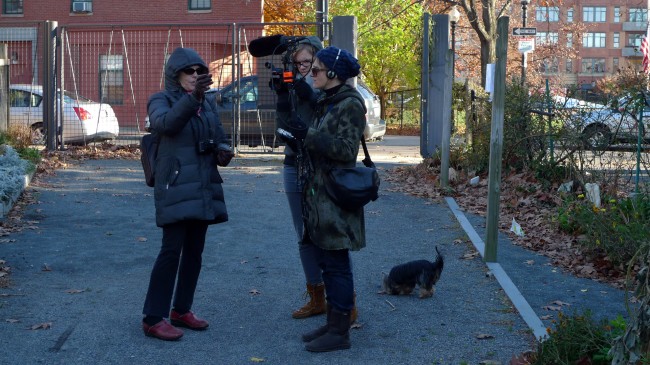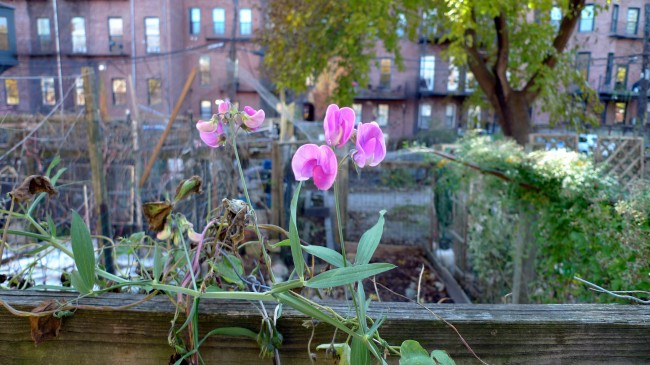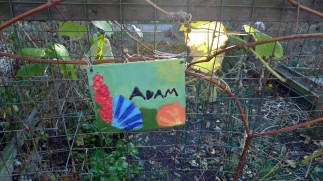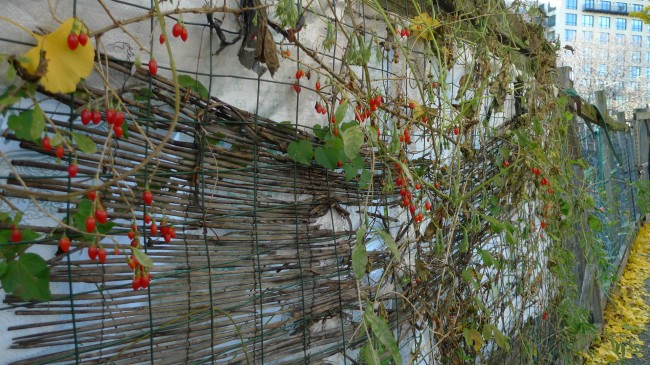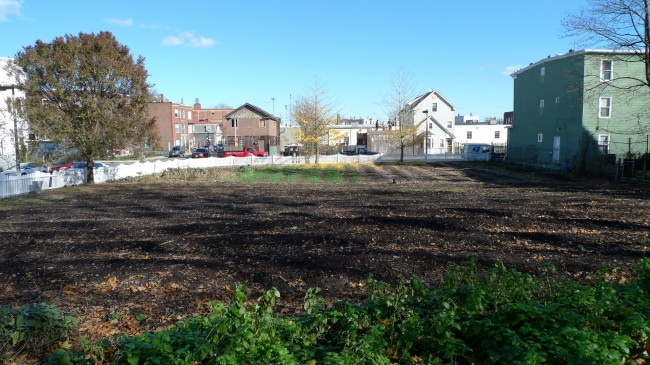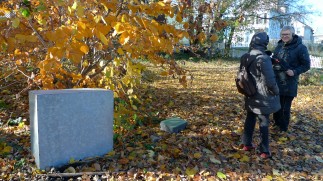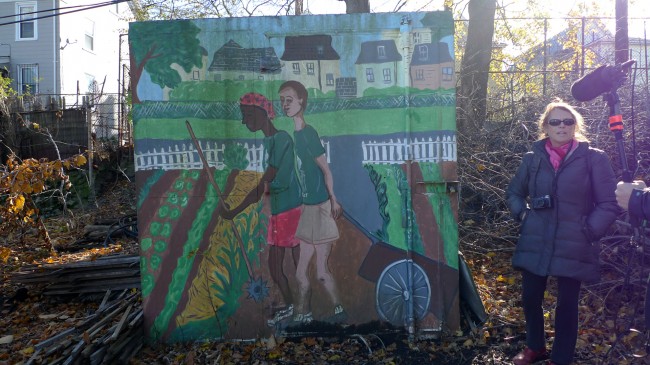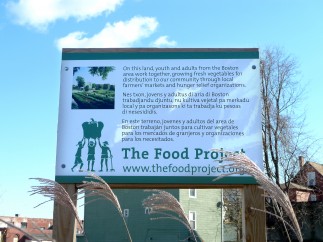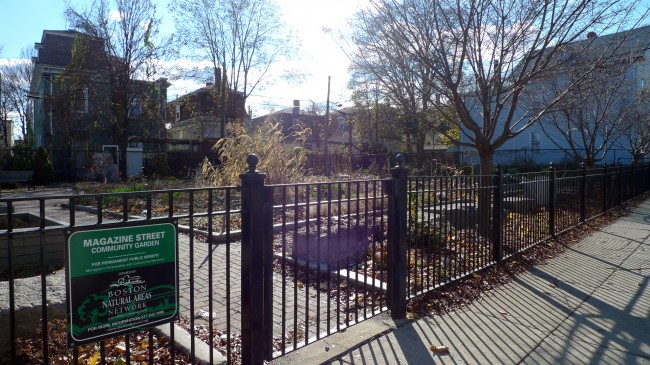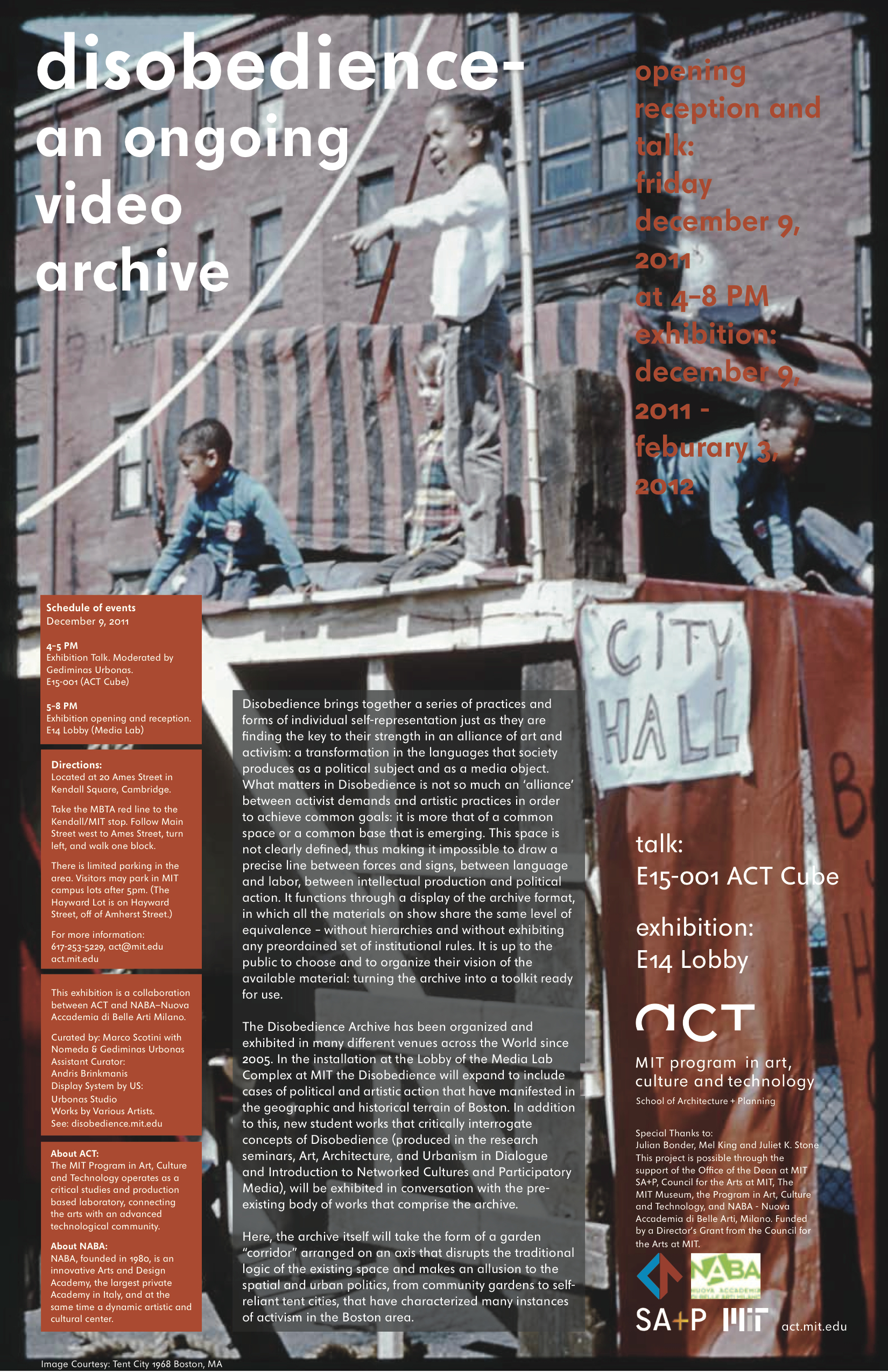
disobedience:
an ongoing video archive
December 9, 2011–February 3, 2012
E14 Media Lab Complex Lobby
MIT program in Art, Culture, and Technology
Schedule of events:
Exhibition Talk:
Friday
December 9, 4–5 PM
E15-001 ACT Cube
20 Ames Street
Cambridge, MA, USA
Opening Reception:
Friday
December 9, 5-8 PM
E14 Media Lab Complex Lobby
75 Amherst Street
Cambridge, MA, USA
Curated by: Marco Scotini together with Nomeda & Gediminas Urbonas
Assistant curator: Andris Brinkmanis
Display System by US: Urbonas Studio
Disobedience Archive brings together a series of practices and forms of individual self-representation just as they are finding the key to their strength in an alliance of art and activism: a transformation in the languages that society produces as a political subject and as a media object. What matters in Disobedience is not so much an ‘alliance’ between activist demands and artistic practices in order to achieve common goals: it is more that of a common space or a common base that is emerging. This space is not clearly defined, thus making it impossible to draw a precise line between forces and signs, between language and labor, between intellectual production and political action. It functions through a display of the archive format, in which all the materials on show share the same level of equivalence – without hierarchies and without exhibiting any preordained set of institutional rules. It is up to the public to choose and to organize their vision of the available material: turning the archive into a toolkit ready for use.
The Disobedience Archive has been organized and exhibited in many different venues across the World since 2005. In the installation at the Lobby of the Media Lab Complex at MIT the Disobedience will expand to include cases of political and artistic action that have manifested in the geographic and historical terrain of Boston. In addition to this, new student works that critically interrogate concepts of Disobedience (produced in the research seminars, Art, Architecture, and Urbanism in Dialogue and Introduction to Networked Cultures and Participatory Media), will be exhibited in conversation with the pre-existing body of works that comprise the archive.
Here, the archive itself will take the form of a garden “corridor” arranged on an axis that disrupts the traditional logic of the existing space and makes an allusion to the spatial and urban politics, from community gardens to self-reliant tent cities, that have characterized many instances of activism in the Boston area.
Material provided to the archive by:
16beaver group, Atelier d’Architecture Autogérée (AAA), Gianfranco Baruchello, Bernardette Corporation, Black Audio Film Collective, Copenhagen Free University, Critical Art Ensemble, Dodo Brothers (Andrea Ruggeri and Giancarlo Vitali Ambrogio), Etcètera, Marcelo Exposito, Harun Farocki and Andrei Ujica, Grupo de Arte Callejero (GAC), Alberto Grifi, Ashley Hunt, Kanal B, Margit Czencki/Park Fiction, Radio Alice, Oliver Ressler with Zanny Begg, Joanne Richardson, Eyal Sivan, Hito Steyerl, The Department of Space and Land Reclamation (with StreetRec., The Institute for Applied Autonomy, Las Agencias and AffectTech/BikeWriters), Mariette Schiltz and Bert Theis, Ultra Red, Nomeda & Gediminas Urbonas, James Wentzy, Dmitry Vilensky and Chto delat / What is to be done?
Additional contributions and material from:
Hans Guggenheim, Mel King, Juliet Stone, Richard Leacock, Sylvère Lotringer, MIT Museum, Paul Summit, Urbano platform, ACT UP and Food not Bombs amongst others.
For more information see:
disobedience.mit.edu
Directions:
MIT Program in Art, Culture and Technology
The Media Lab Complex Lobby (E14)
75 Amherst Street
Cambridge, MA, USA
whereis.mit.edu
Contact:
617.253.5229
act@mit.edu
Disobedience Archive is produced in collaboration with ACT and NABA⎯Nuova Accademia di Belle Arti Milano.
About ACT
The MIT Program in Art, Culture and Technology operates as a critical studies and production based laboratory, connecting the arts with an advanced technological community. (visualarts.mit.edu)
About NABA
NABA (Nuova Accademia di Belle Arti Milano), founded in 1980, is an innovative Arts and Design Academy, the largest private Academy in Italy, and at the same time a dynamic artistic and cultural center. (www.naba.it)
The Disobedience Archive research and exhibition project is produced in collaboration with the students from the ACT courses Art, Architecture and Urbanism in Dialogue and Introduction to Networked Cultures and Participatory Media:
Alex Auriema
Sofia Berinstein
Giacomo Bruno Castagnola Chaparro
Sumona Chakravarty
Joan Chen
Caleb Benjamin Harper
Ali Khalid Qureshi
Summer Stephanie Sutton
Hailong Wu
As well as with the assistance of Anna Caterina Bleuler (NABA, Milano, Italy), and Sung Woo Jang, Catherine McMahon, Slobodon Radoman (MIT, Cambridge, MA).
This exhibition would not have been possible without the help of many dedicated individuals and with the generous support from our sponsors.
Many thanks to:
The Office of the Dean at MIT SA+P
Council for the Arts at MIT
MIT’s Program in Art, Culture and Technology
NABA Nuova Accademia di Belle Arti, Milano
Deborah Douglas and the MIT Museum
Julian Bonder
Mel King
Juliet Stone
Funded by a Director’s Grant from the Council for the Arts at MIT.
